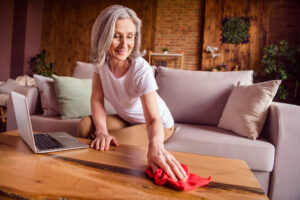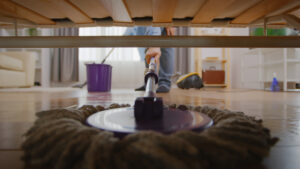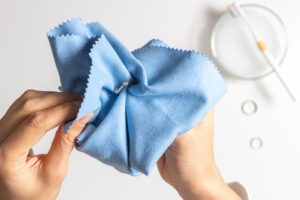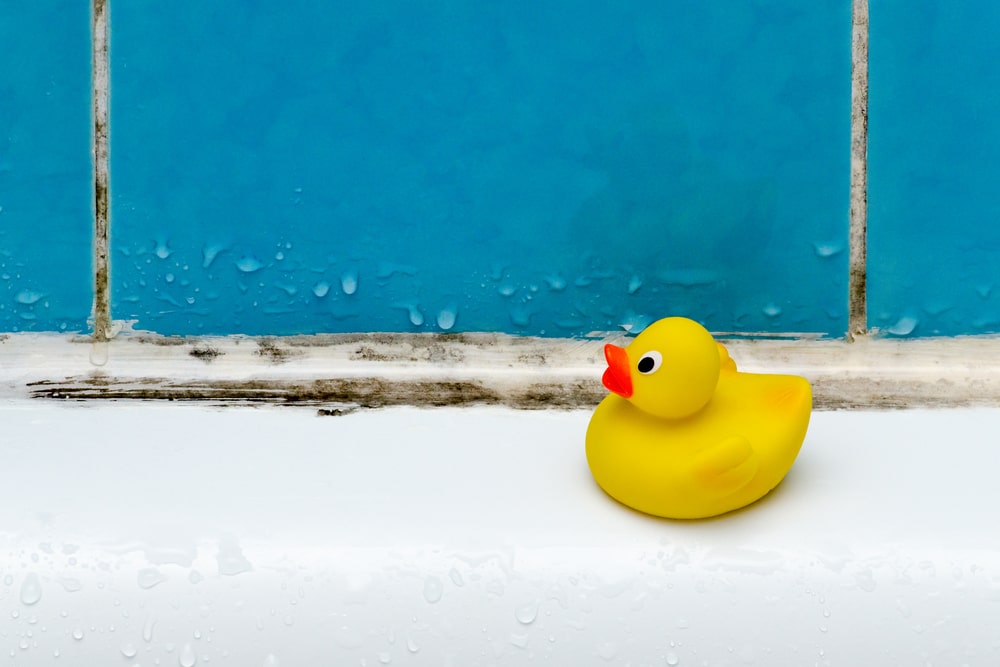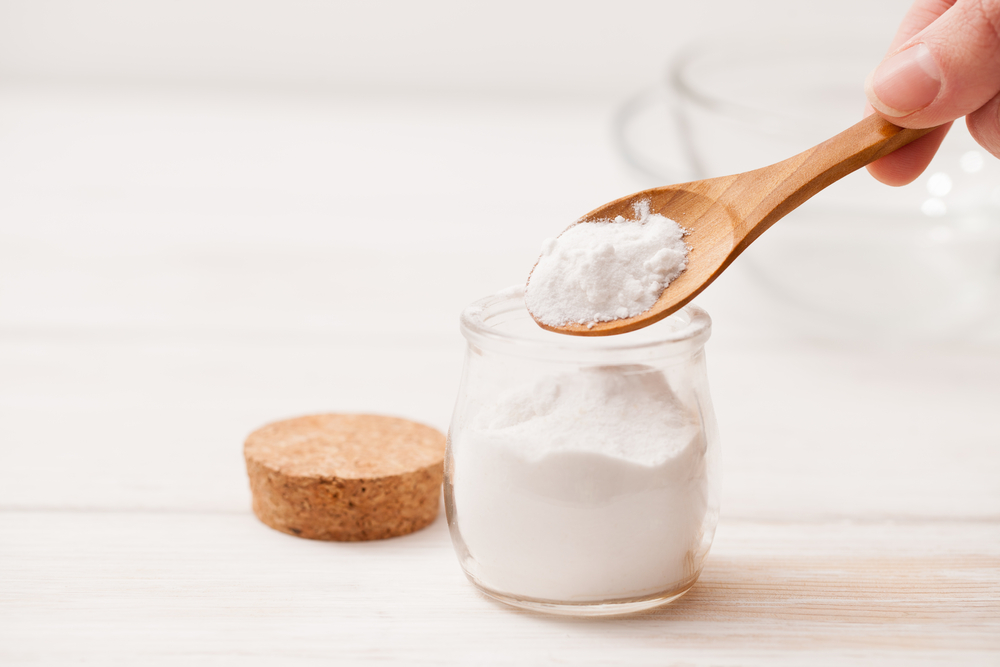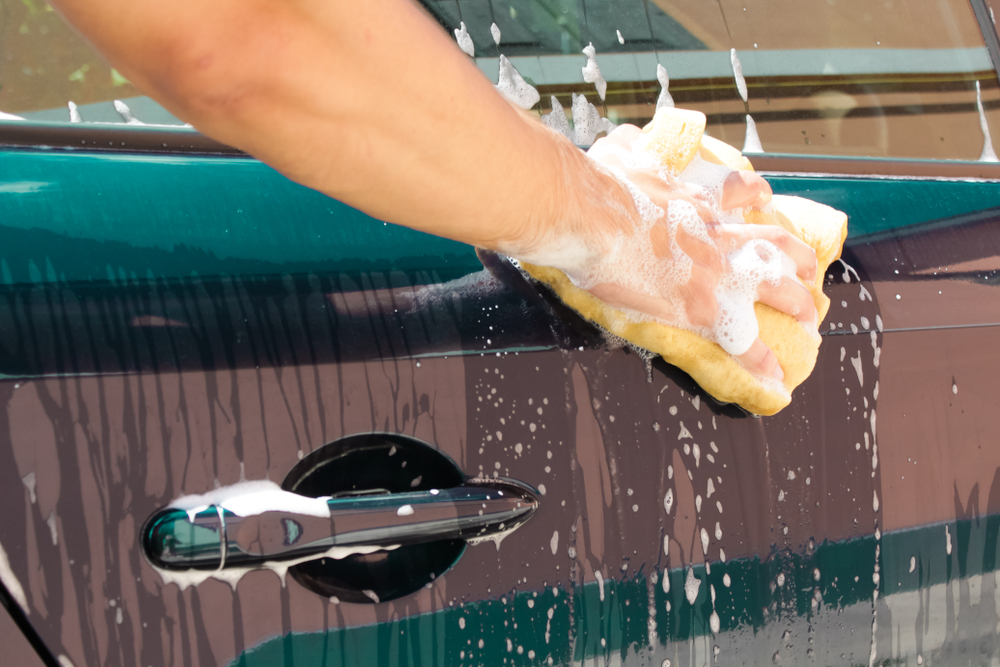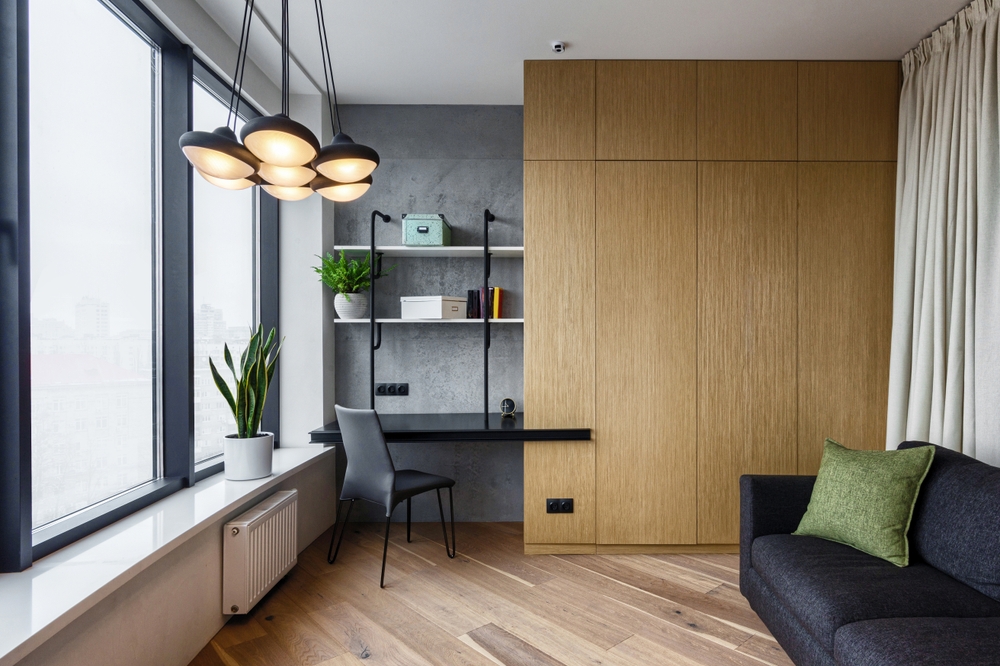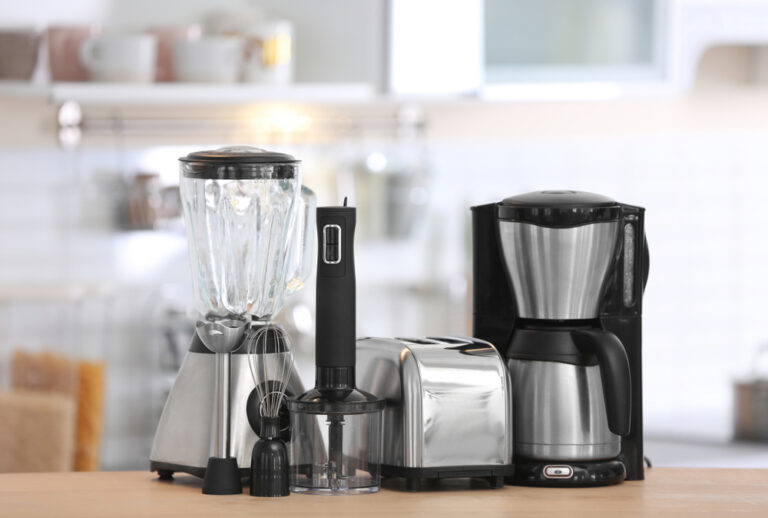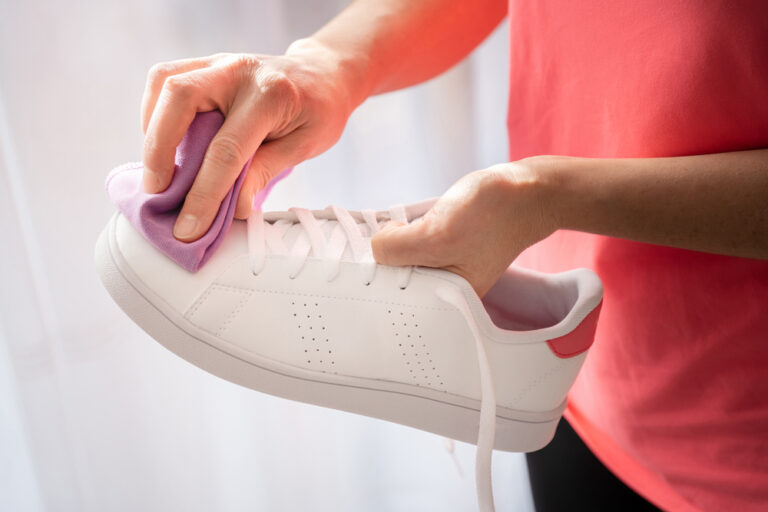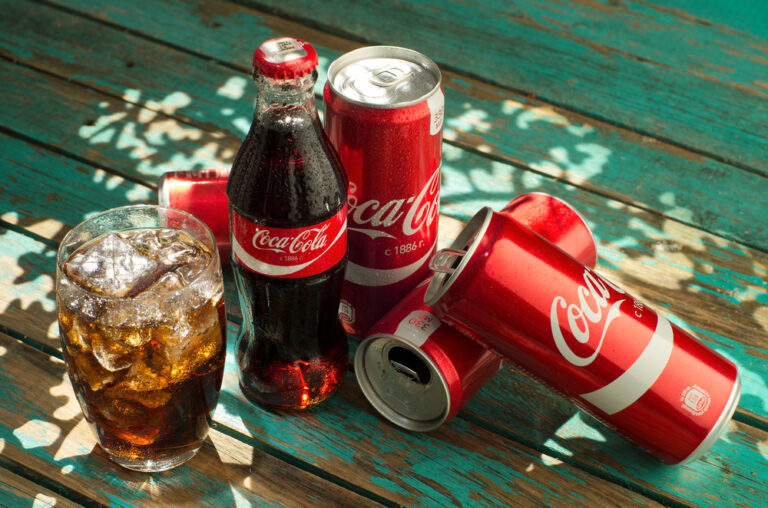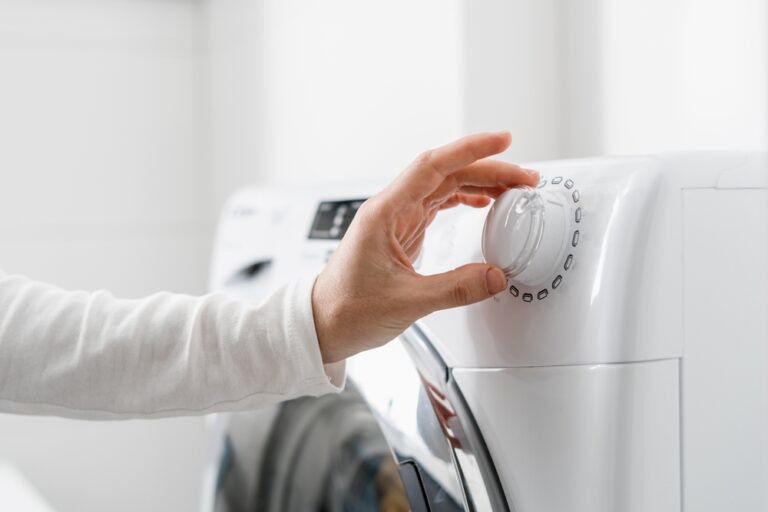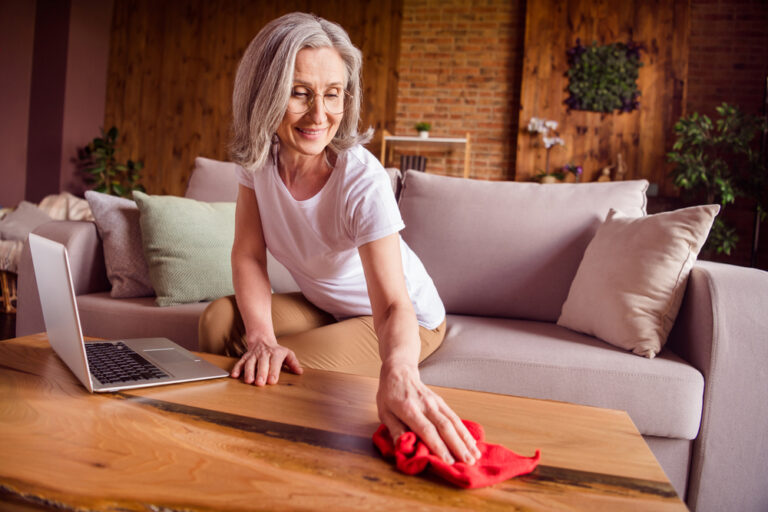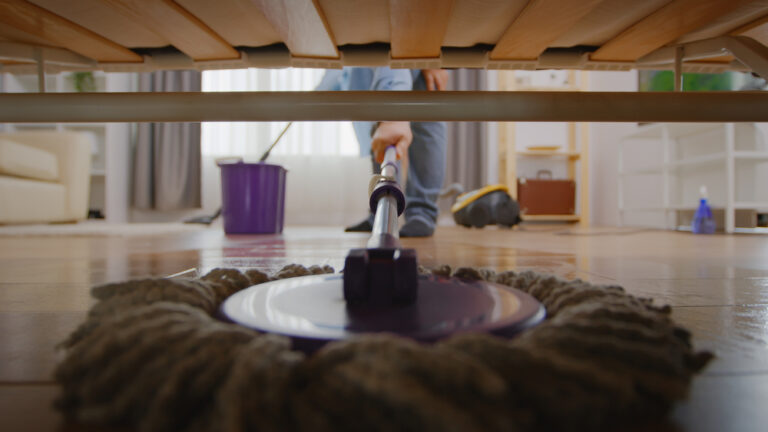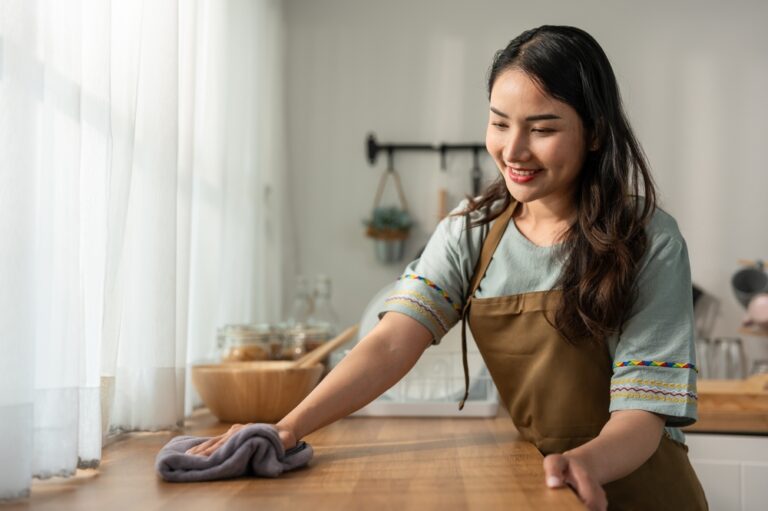How can you protect your non-stick pans and keep them alive and well for many years?
My life has been so much easier, and my meals have tasted even better since I found nonstick cookware. It doesn’t matter if it’s an ancient Tefal pan or the newest 10-inch Tramontina Professional model; you’ll want to use it in your kitchen for as long as possible.
That’s why cleaning techniques are crucial if you want to protect your non-stick pan. Since they are usually covered with a ceramic coating that makes the surface smooth and helps cooked food become more tender without clinging to it, it takes extra care to keep the non-stick surface of all pans from peeling, warping, or scratching.
First of all, remember to check the labels before cleaning it; however, we have compiled a list of tips on how to keep your non-stick pans in top shape as much as possible:
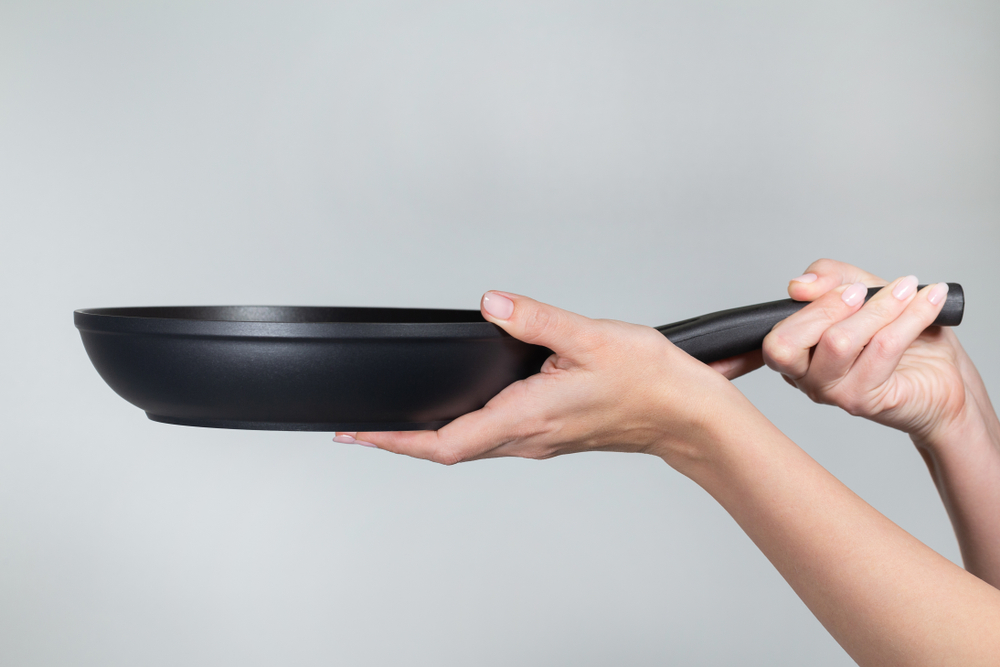
Don’t overheat your pan!
To speed up the cooking process, several recipes call for medium-high heat. However, can we apply this strategy to our non-stick pans? Well, since high heat can seriously harm the pan coating, most nonstick pan makers advise cooking on low to medium heat. Over time, high temperatures—typically above 600 degrees Fahrenheit—can seriously harm the coating.
Additionally, several plants can generate hazardous gases. If the idea terrifies you, protect your non-stick pans by never heating them when it is empty (always add food, water, or oil before lighting the burner). Or, in case it’s Tefal, watch the red dot in the middle; when it turns bright red, it’s ready to cook in it.
Wash and season nonstick pans before using them
This is more like a common-sense rule, not necessarily a way to protect your non-stick pans. After you bring your cookware home, remove any residue from the packaging by washing it. For this process, it’s enough to use warm water (not hot!) and a delicate dishwashing detergent.
Seasoning nonstick cookware smoothes out any flaws or porosity in the coating and extends the life of your pan, much like seasoning cast-iron skillets. Nonstick cookware can be seasoned by lightly applying cooking oil to its surface and then heating it on medium heat for two to three minutes. Use a paper towel to remove any remaining oil when it cools down before storing.
Be careful with certain ingredients
If you want to protect your non-stick pans as much as possible, be careful with what ingredients you add to them. Just as certain dishes involving high heat may be harmful to nonstick cookware, so can using excessive amounts of certain acidic foods, including tomatoes, limes, or lemons. The non-stick coating may degrade if acidic chemicals are used. Cooking sprays are one of these ingredients that experts warn against using.
Cooking spray isn’t actually suitable with nonstick cookware, even if you may think about cutting back on calories from your meals and leading a healthy life by eating the correct foods. It has been demonstrated that extended use of cooking spray can harm the surface and leave behind a greasy film that is nearly impossible to get off.
If you want to protect your non-stick pans, it is also important to choose the right oil to cook with. It’s recommended to go for those with a high smoke point, like coconut, avocado, or sunflower.
In case you want to change your old non-stick pan or you’re simply browsing to buy a new one, look no further! Check out this T-Fal Signature Nonstick Fry Pan Set of Two that’s completely dishwasher-safe, and it costs only $35.99. These non-stick pans are 100% Jamie Olivier-approved! So if I were you, I’d hurry to buy them. The offer may be gone soon.
Avoid using sharp utensils on non-stick pans
Before continuing, bear in mind that it’s crucial to use the proper cooking tools, particularly when preparing meals on a nonstick pan. While it’s true that modern pans endure longer than their predecessors, this does not indicate that you should always use the wrong tools when cooking. Never chop food in a nonstick pan with a knife, and be careful not to stab or unintentionally scratch the coating with any sharp items.
Furthermore, to protect your non-stick pans, it is not advised to use metal utensils. Wooden and silicone spoons are the best options since they are safe and non-abrasive. And if you want to know where you can buy them, check out this 24-piece set from Amazon. I got mine, and I have to say it’s absolutely amazing.
Clean your non-stick pans gently!
It’s crucial to utilize gentle cleaning techniques if you want to protect your non-stick pans. Steer clear of abrasive objects that can scratch or harm the pan’s surface. Use mild dish soap and delicate sponges or towels instead. Your pan’s lifespan will be extended, and the non-stick coating will be preserved as a result.
And while you may think the dishwasher is a good option to clean your pans, read the label before, since most non-stick cookware can be damaged during the washing cycle. In case the pan has a lot of buildup, before scratching it, try to use baking soda to loosen it up. Mix a spoonful of baking soda with a tad of water to form a thick paste. Then take a soft sponge and, in circles, move the paste throughout the whole surface until you see the dirt gone.
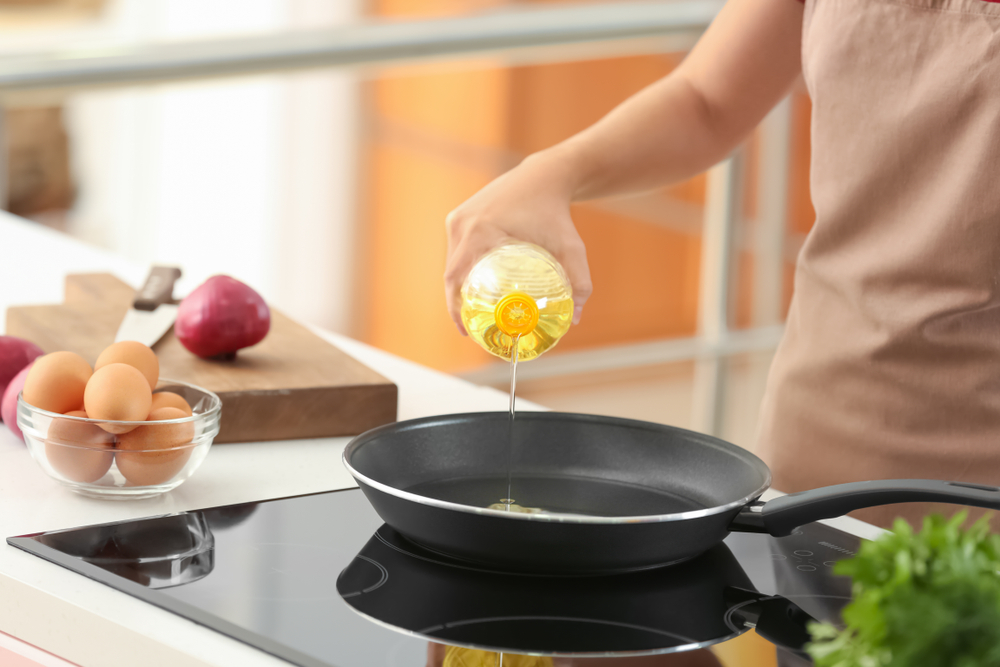
Don’t add the oil at the wrong time
Long before this cookware existed and we used to cook in regular pans and pots, it was recommended to preheat them before cooking and to add oil to them afterward. However, if you have nonstick cookware, this recommendation does not apply since the oil has to be added to the pan while it is cool and not heated. How come? There are two obvious reasons why this is not a good idea.
In addition to the fact that oil can intensify the nonstick properties of a pan when it is added before food has had a chance to absorb it, some nonstick cookware might create dangerous vapors when cooked without oil.
Store your cookware correctly
Last but not least, the advice on how to protect your non-stick pans is to store them accordingly and be careful not to scratch them. Our nonstick cookware can last longer, depending on how you store it.
If you want to stack additional cookware on top of the nonstick surface, place a shelf liner or cloth on top of it. This will shield the other pots and pans bottoms from scratching the nonstick coating. Hanging them is an excellent way to keep them as well. This hack is especially useful for those who don’t have enough space in the kitchen.
How do YOU protect your non-stick pans? Tell us in the comments section down below.
…hey reader! Before leaving our page, if you like what you just read, don’t forget to subscribe to our page. We will send you a newsletter every week via e-mail. Of course, not all the articles are going to be your favorites, but we promise to do our best to make our readers happy.
You may also be interested in reading about 6 Things You Should NEVER Pour Down the Drain.

